1995 Alice is born as a VR prototyping tool The start of Alice can be traced to Randy’s early work around VR. He first broke onto the VR scene when he published a paper called “VR on 5 dollars a day”. Next he took aim at the challenge that creating VR content was standing in the way of rapid iteration and research and advancements in the experiences themselves. Alice was born as a rapid prototyping application for live publishing VR experiences with the goal of being accessible to non-programmers and helping to push the content of VR forward. This version of Alice was born at the University of Virginia and allowed Randy’s Stage 3 research group to make major contributions to research into VR experiences.
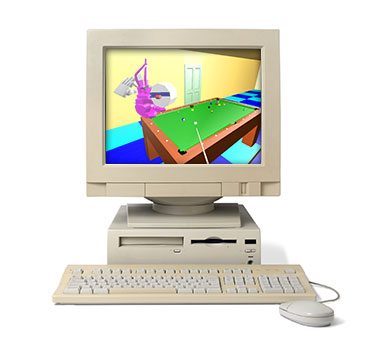

1999 Alice 99 a 3D system for novices Alice was not only found to be great for supporting research in VR but was also a platform for researching the creation of an accessible tool for the broader 3D graphics development community. This lead to research into the ability to make a 3D authoring tool that would be accessible to non-science and engineering students. The next major step towards what is known as Alice today occurred when Alice joined the drag and drop coding revolution. Randy, while using Alice to teach his kids coding, became aware that syntax was a major limiting factor in their ability to engage fully with Alice. Around the same time his sabbatical at Disney brought him in contact with Alan Kay and eToys and the early explorations around drag and drop coding. The first major release of Alice that showed the power of Alice to be broadly used in this way was known as Alice 99.
2004 Alice 2 and Learning to Program with Alice Outside of the Alice Team the pedagogy of the use of Alice as an educational platform for programming was being advanced by Wanda Dann and Stephen Cooper. Having received a copy of Alice they had begun development of a curriculum using the platform. They presented their work to Randy at which point the partnership was formalized and they worked together from that point on to marry the pedagogy and the platform together. The culmination of both of this collaboration resulted in the release of both the software version Alice 2 and the book Learning to Program with Alice.
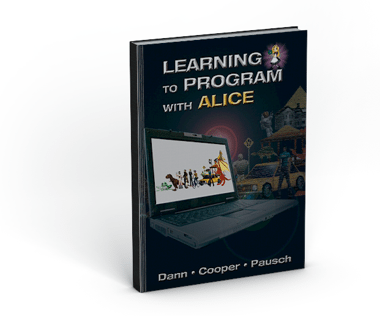
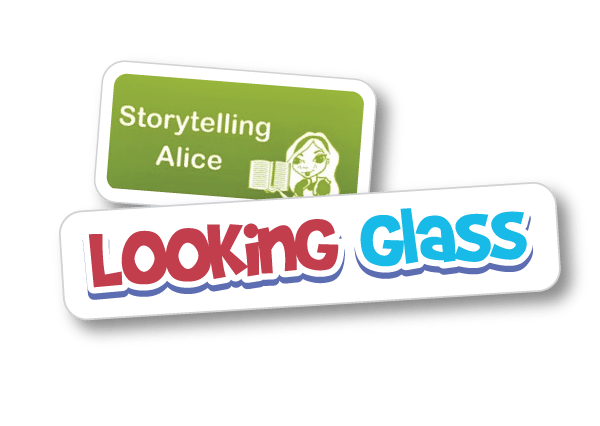
2007 Story Telling Alice and Looking Glass Caitlin Kelleher one of the members of the Stage 3 team working on Alice 2 also branched Alice development to explore how to make Alice even more intuitive for animation and storytelling specifically researching how these improvements could engage more girls in early computer science. This work led to the version of Alice called Storytelling Alice. Her work has continued at Washington University in St Louis now called Looking Glass to explore and research more in depth applications of storytelling and learning, integrated smart tutorials and many other topics in relation to the work she began on Alice.
2010 Mediated transfer from Block to Text The team realized there were opportunities to improve the transfer of knowledge and lessons learned in the Alice environment into a text based coding environment. To this end the team began work on researching a mediated approach to transitioning from block based coding to text based through both application features and pedagogy. These advancements were first realized in the launch of Alice 3 with a more object oriented approach to the gallery structure, java side by side views, and the extension of the alice platform to allow projects to be directly modified in the netbeans development environment. Thanks to a great partnership forged by Randy with EA this release also featured the inclusion of The Sims.
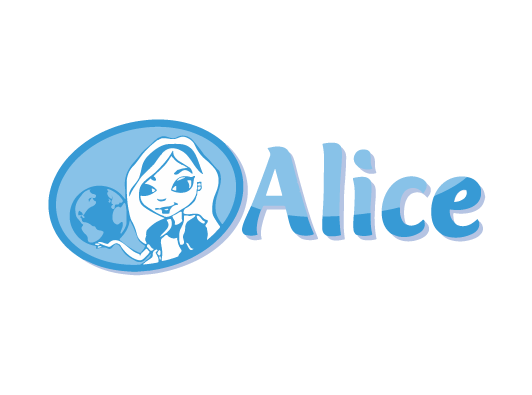
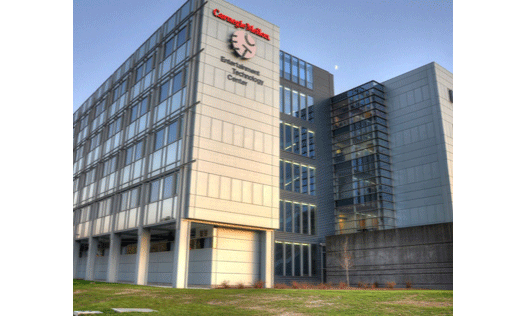
2015 Alice moves to the Entertainment Technology Center
The Alice Project recently relocated from the School of Computer Science to be housed at The Entertainment Technology Center at Carnegie Mellon University. The center was co-founded by Randy with many of its roots stemming from the course Building Virtual Worlds. The course now one of the pillars of the centers programming leaned heavily on Alice in its earliest offerings. It is fitting that the center that has roots in Alice now supports the future of the project.
Future not yet written? The Alice team continues to learn from our community and hope to add many more chapters to the history. The team is exploring a return to our roots in VR. Follow us to see what new explorations and innovations are still to come. Link to blog and twitter.

